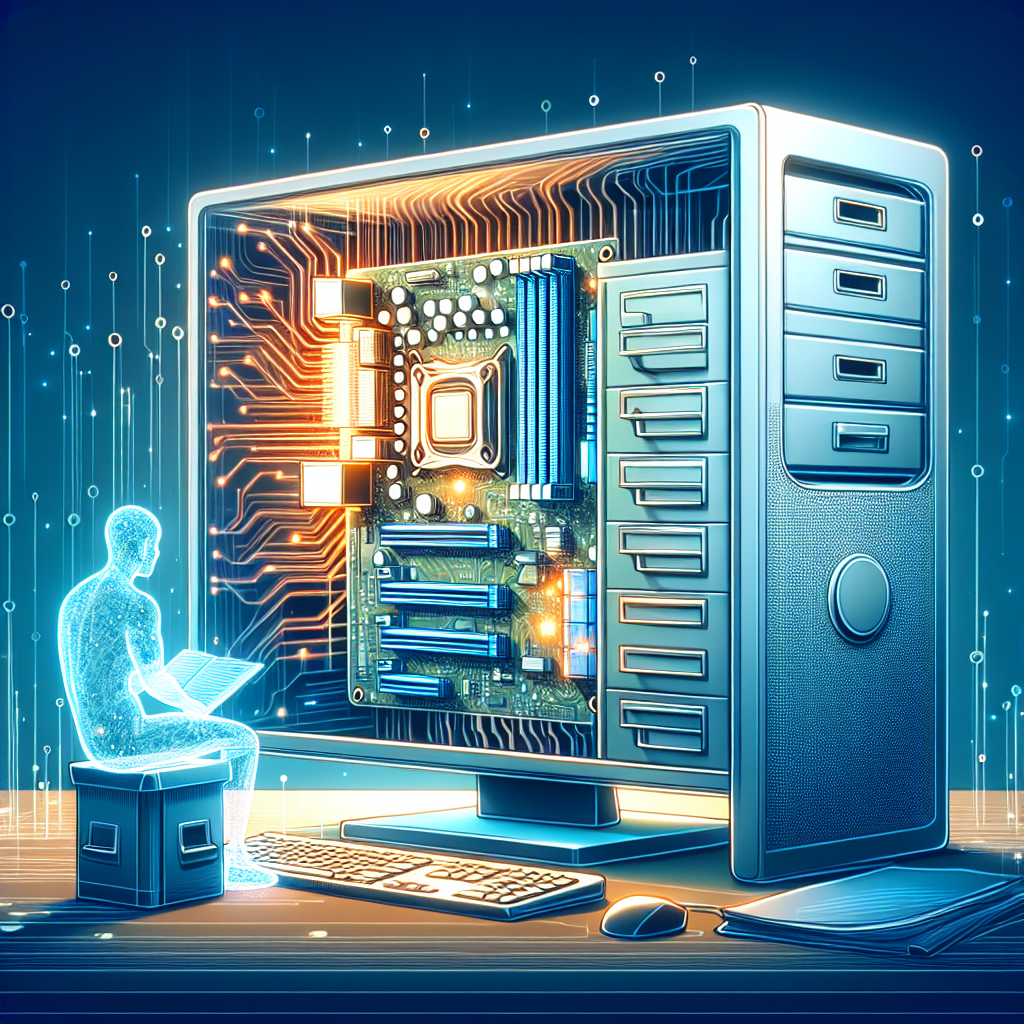Understanding Operating Systems: The Foundation of Modern Computing
An operating system (OS) serves as the fundamental software that manages hardware resources and provides essential services for computer programs. It acts as an intermediary between computer hardware and the applications that users run on their devices.
Core Functions of Operating Systems
Operating systems perform several crucial functions that ensure smooth computer operations:
- Resource Management: Efficiently allocates CPU time, memory, and storage space among different programs
- Process Management: Controls and schedules various processes running simultaneously
- Memory Management: Oversees the allocation and deallocation of memory to different applications
- File System Management: Organizes and maintains files and directories
- Device Management: Coordinates communication between hardware devices and software
Types of Operating Systems
Desktop Operating Systems
Desktop operating systems are designed for personal computers and laptops. The most popular ones include:
- Microsoft Windows: The most widely used OS, known for its user-friendly interface and extensive software compatibility
- macOS: Apple’s proprietary system, praised for its sleek design and seamless integration with other Apple devices
- Linux: An open-source alternative offering high customization and security
Mobile Operating Systems
Mobile devices require specialized operating systems optimized for touch interfaces and power efficiency:
- Android: Google’s open-source platform dominating the mobile market
- iOS: Apple’s mobile operating system exclusive to iPhone and iPad devices
Evolution of Operating Systems
The history of operating systems reflects the rapid advancement of computer technology:
- 1950s: Simple batch processing systems
- 1960s: Multiprogramming and time-sharing systems
- 1970s: Personal computer OS emergence
- 1980s-1990s: GUI-based systems become standard
- 2000s-Present: Mobile and cloud-oriented operating systems
Key Components of Modern Operating Systems
Kernel
The kernel is the core component of an operating system, responsible for:
- Process scheduling
- Memory management
- Device driver management
- System call handling
User Interface
Modern operating systems offer two main types of interfaces:
- Graphical User Interface (GUI): Visual interaction through windows, icons, and menus
- Command-Line Interface (CLI): Text-based interaction using commands
Security Features in Operating Systems
Contemporary operating systems incorporate robust security measures:
- User authentication and authorization
- File system encryption
- Firewall protection
- Regular security updates and patches
- Malware protection
Choosing the Right Operating System
Several factors influence the choice of an operating system:
- Intended use (personal, business, or specialized applications)
- Hardware compatibility
- Software requirements
- User expertise level
- Budget constraints
- Security needs
Future Trends in Operating Systems
The future of operating systems is shaped by emerging technologies:
- Artificial Intelligence integration
- Enhanced cloud computing capabilities
- Improved security measures
- Better cross-platform compatibility
- Internet of Things (IoT) support
Best Practices for OS Maintenance
To ensure optimal performance, users should:
- Regularly update the operating system
- Install security patches promptly
- Perform routine system maintenance
- Monitor system resources
- Back up important data regularly
Conclusion
Operating systems continue to evolve, adapting to new technologies and user needs. Understanding their functions, features, and maintenance requirements is essential for optimal computer usage. Whether for personal or professional use, choosing the right operating system and maintaining it properly ensures efficient and secure computing experiences.
